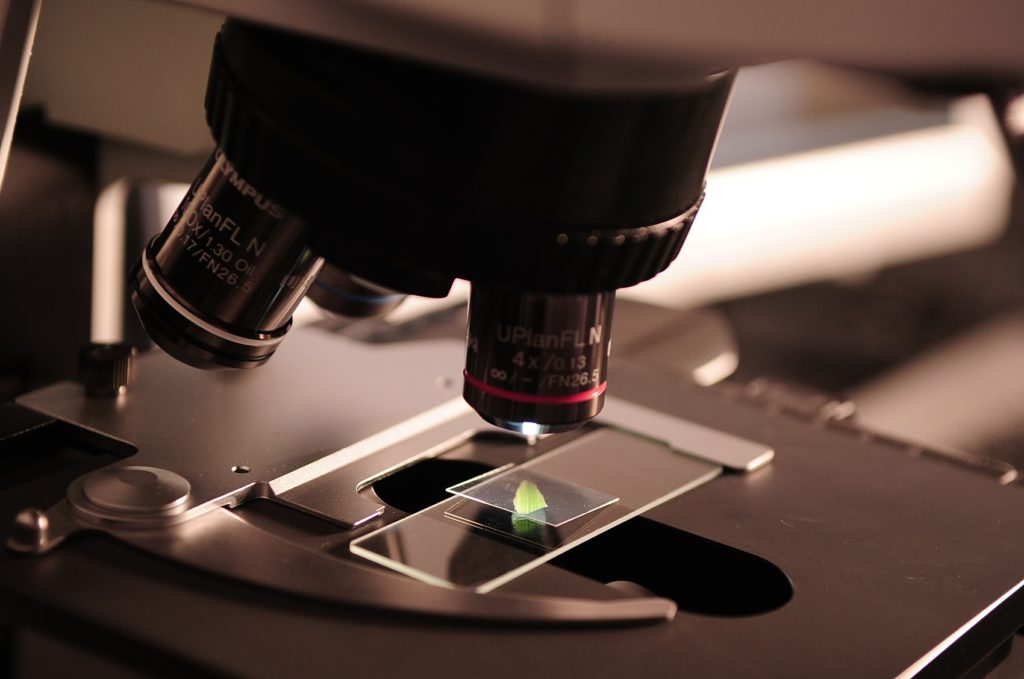
Even though increasingly marketed as legal and safe, the campaigns promoting synthetic marijuana are largely misleading. A recent review highlighted the dangerous repercussions of the consumption of synthetic cannabinoid products, mostly unknown to most of its consumers.
What is Synthetic Marijuana?
These chemicals are profoundly similar to those found in the marijuana plant, due to which synthetic cannabinoids are often misleadingly called "synthetic marijuana" or "fake weed."
Despite being touted as safe and legal, the influence exerted on the brain is more profound than that of marijuana. This is particularly dangerous because their actual effects are characteristically unpredictable and may even be severe or fatal.
These herbal incense products are sold in colorful foil packages and the liquid incense products in plastic bottles. Manufacturers market these products through an expansive range of specific brand names.
Some common ones to have emerged in recent years are K2 and Spice. Hundreds of other brand names have now frequented the markets, such as Joker, Black Mamba and Kush.
Synthetic cannabinoids include an increasing array of man-made chemicals that are either sprayed on dried plant material, ready to be smoked (herbal incense) or liquids to be vaporized and inhaled through smoking devices such as e-cigarettes (liquid incense).
Labels on these products illustrate the composition of these materials as "natural," gathered from a range of plants. Yet, the only parts of these products that can be categorized so are the dried plant substances. Chemical tests prove that the active, mind-altering ingredients are cannabinoid compounds designed and formulated in laboratories.
Synthetic cannabinoids belong to a cluster of drugs called "new psychoactive substances" (NPS). NPS are unregulated chemicals that recently hit the market, essentially programmed to mimic the effects of illegal drugs. Few of these substances may not be entirely new but an altered form of the original chemical.
 These cannabinoids are known to exert psychotropic side effects in a similar way as that of marijuana, that is, through the activation of the CB1 cannabinoid receptor, situated primarily in the brain and the central nervous system.
These cannabinoids are known to exert psychotropic side effects in a similar way as that of marijuana, that is, through the activation of the CB1 cannabinoid receptor, situated primarily in the brain and the central nervous system.
Additionally, in the case of marijuana, its main active ingredient is tetrahydrocannabinol (THC), which also activates the CB2 receptor, mainly found in the immune system.
However, where synthetic cannabinoids differ and consequently, prove to be more dangerous is that they activate the CB1 receptor to a much higher intensity than THC does. As a result, significantly stronger effects are produced.
For many years, synthetic cannabinoids have been easily accessible to purchase in drug paraphernalia shops, gas stations and online. Due to the high potential of abuse and no medical use, the authorities deemed the sale, possession and purchase of these drugs illegal.
However, manufacturers, in an attempt to try to operate around these laws, consistently alter the chemical formulas in their mixtures.
Since the chemical composition of many of these products is unknown and varies from batch to batch, the user is never fully aware of what effects the product may render or what dangerous substances it may contain. There is usually a minimum of three, in most cases five, different synthetic cannabinoids in a single product. The active compound itself may have been altered.
The fact that these products are easily accessible and largely believed to be "natural" and harmless, has encouraged their use and popularity amongst the youth. Another fundamental reason for their common use is that standard drug tests fail to easily detect many of the chemicals used in these products.
Reviewing the Harm Done
A new review from the University of Arkansas for Medical Sciences (UAMS) assessed a variety of clinical cases linked with the consumption of synthetic substances and raised significant concerns against the dangerous side effects of "synthetic marijuana."
Particularly addressing K2 and Spice, Paul L. Prather, a cellular and molecular pharmacologist at UAMS and co-author of the review, explained how since 2007, emergency room visits, that supposedly involved marijuana, were actually bewildering due to unusual symptoms that did not correspond with the typical effects exerted from pot use.
The report overviewed the existing literature on synthetic cannabinoids, illustrating their differences from marijuana, and how they fail to provide a suitable substitute for cannabis. Contrarily, synthetic marijuana is a drug in its own entirety, with mind-altering, and sometimes even fatal, effects.
William E. Fantegrossi, a behavioral pharmacologist at UAMS and co-author of the review, explained that SCBs "are highly efficacious drugs; they tend to activate the CB1 receptor to a greater degree than we can ever get to with THC from marijuana."
Furthermore, due to the chemical variations between synthetic cannabinoids and THC, other receptors may be activated alongside CB1. Even though these cellular receptors have not yet been recognized, they may still be accountable for numerous negative health repercussions observed in consumers of synthetic marijuana.
In fact, reports confirm some of these effects represent significantly greater levels of toxicity across a greater range of symptoms including gastrointestinal, neurological, cardiovascular, and renal systems in comparison to marijuana.
The acute and long-term symptoms extracted from the clinical trials included:
- Seizures

- Convulsions
- Catatonia
- Kidney injury
- Hypertension
- Chest pain
- Myocardial toxicity
- Ischemic stroke
- Extreme psychotic effects include anxiety and panic attacks, paranoia, confusion and hallucinations, whereas marijuana only causes mild psychosis in those predisposed.
- Common adverse effects include prolonged and severe vomiting, irritability, rapid heart rate and headaches.
- Ultimately, synthetic cannabinoids pose a greater likelihood of tolerance, dependence and withdrawal.
Around 20 deaths have been associated with the abuse of synthetic cannabinoids between 2011 and 2014. In the meantime, no deaths were reportedly associated with marijuana usage.
"The public sees anything with the marijuana label as potentially safe, but these synthetic compounds are not marijuana. You never know what they are, and they are not safe," concluded Prather.
About the Author:
 A journalist and social media savvy content writer with wide research, print and on-air interview skills, Sana Ahmed has previously worked as staff writer for a renowned rehabilitation institute focusing on mental health and addiction recovery, a content writer for a marketing agency, an editor for a business magazine and been an on-air news broadcaster.
A journalist and social media savvy content writer with wide research, print and on-air interview skills, Sana Ahmed has previously worked as staff writer for a renowned rehabilitation institute focusing on mental health and addiction recovery, a content writer for a marketing agency, an editor for a business magazine and been an on-air news broadcaster.
Sana graduated with a Bachelors in Economics and Management from London School of Economics and began a career of research and writing right after. The art of using words to educate, stir emotions, create change and provoke action is at the core of her career, as she strives to develop content and deliver news that matters.
References:
[1] https://www.drugabuse.gov/publications/drugfacts/synthetic-cannabinoids
[2] http://www.medicalnewstoday.com/articles/315634.php
[3] https://www.forbes.com/sites/alicegwalton/2014/08/28/6-reasons-synthetic-marijuana-spice-k2-is-so-toxic-to-the-brain/
The opinions and views of our guest contributors are shared to provide a broad perspective of addictions. These are not necessarily the views of Addiction Hope, but an effort to offer discussion of various issues by different concerned individuals.
We at Addiction Hope understand that addictions result from a combination of environmental and genetic factors. If you or a loved one are suffering from an addiction, please know that there is hope for you, and seek immediate professional help.
Published on May 23, 2017.
Reviewed By: Jacquelyn Ekern, MS, LPC on May 7, 2017
Published on AddictionHope.com
